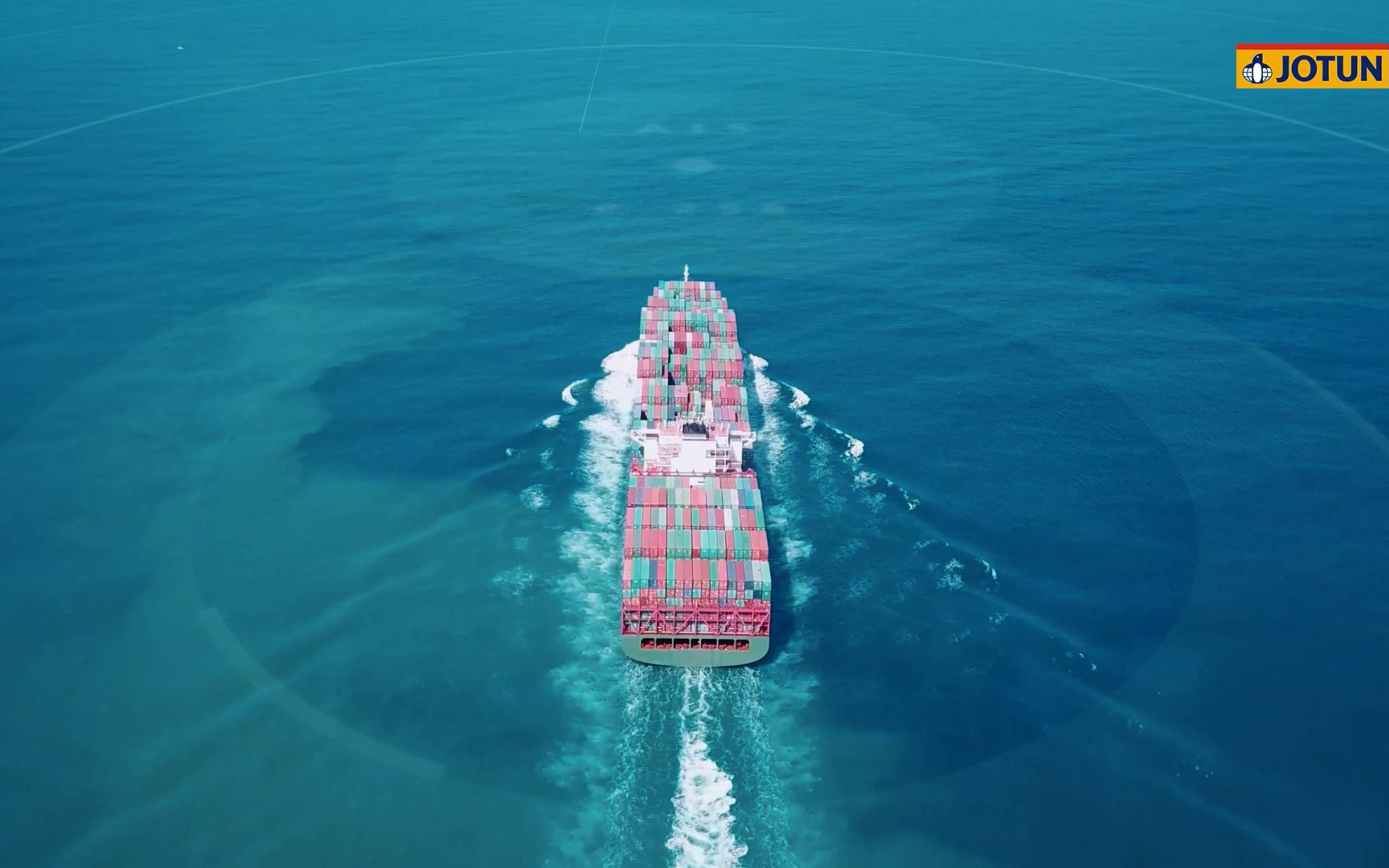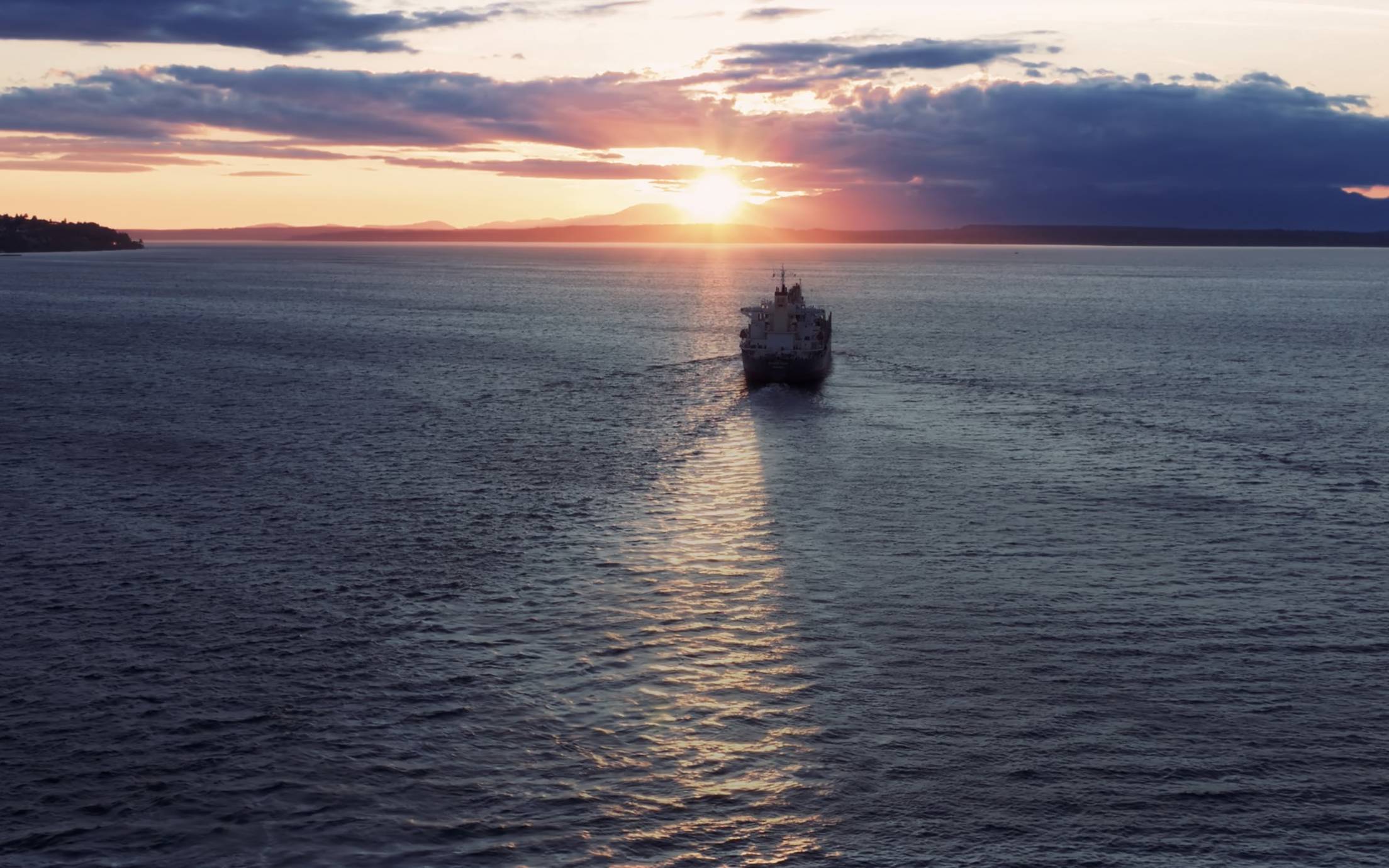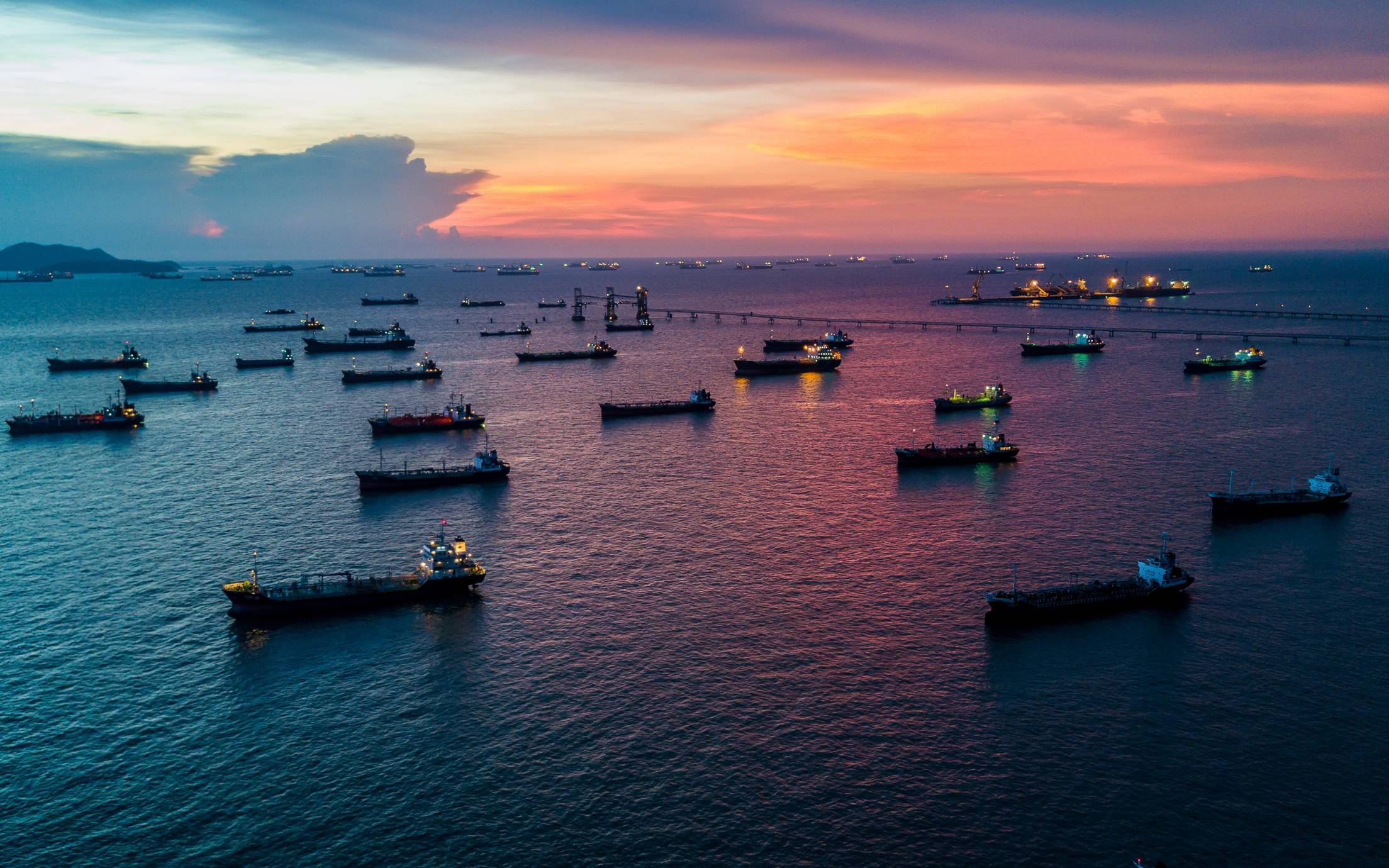
Take hull control: optimise your hull performance coatings
Ship operators often need to make decisions based on information that may rapidly become outdated. One such decision is the choice of coating.

Biofouling is one of the most pressing challenges in the shipping industry. It significantly slows a ship’s speed and adds to the fuel used which both increases operating costs and exhaust emissions. Fouling also contributes to the transfer of invasive aquatic species, affecting biodiversity, ecosystem health and ultimately the livelihoods of coastal communities across the globe.
According to the International Maritime Organisation, the accumulation of fouling over time leads to significant increases in fuel consumption and greenhouse gas emissions. In 2018 the IMO set targets to cut the shipping industry’s GHG emissions compared to 2008 by 40% in 2030 and 50% by 2050. In its 4th GHG emissions study, the IMO said shipping emitted around 919 M tonnes of CO2 in 2018. Of that figure, the IMO suggested 9% or 83 M tonnes was entirely due to the biofouling loading of ships. So, the improvement potential is considerable.
Although the IMO has chosen to focus on biofouling as both a means for distributing alien species around the globe and as a cause of excess carbon emissions, the issue of fouling is nothing new for shipowners and operators. For them the traditional problems have been economic; lack of speed means fewer voyages, lower speed and higher fuel consumption means claims and off-hire if the vessel is operating under time charter.
To combat fouling, ship operators normally select antifouling coatings for specific operating conditions. However, they may not always be optimal for numerous reasons. Not all owners have the luxury of buying premium coatings and must settle for products that are most affordable at the time. In addition, time-chartered ships – which can account for a very significant portion of operator’s fleets – have their coatings selected by the head owner. This can affect fuel consumption but the owner is not paying for fuel, so it is left for the charterer to cope with the results of the choice.
Few vessels have narrowly defined trading patterns and even those that do – such as liner vessels – can often be put into lay ups to meet traffic demands. Liner operators normally have several services operating in different areas of the globe and quite often shift vessels between services for operational reasons. This may mean the ship operating in very different environments several times during the expected lifetime of its coating.
For other ships, global trading can mean operating for long periods in areas where fouling is more likely. This changing operational profile may make the chosen coating unsuitable and allow fouling to take hold.
Most vessel operators appreciate that fouling is occurring but cannot accurately gauge the extent or rate at which it is happening beyond the decreased performance. This is not always a reliable method because other factors come into play. Weather, fuel quality, engine deterioration and even the way in which the ship is operated under differing weather and load conditions can all play a part.
What is not in doubt is that the vessel’s performance and running costs are increasing. For time charter operators and owners operating their ships directly this translates into extra costs and loss of performance. For non-operating owners, there is a downside in that the future earning potential of the vessel will depend to some extent on past performance when new charters need to be negotiated.
Using traditional methods such as noon reports it is possible to determine a ship’s performance but collecting enough data takes time and experienced superintendents are needed to properly analyse it. Even the best superintendents will have trouble determining what effect on ship speed and consumption was due to weather, currents, poor trimming or other factors.
Some owners have made attempts to greater understand the problem by investing in performance monitoring software. Some of these may be very good but even the best of them need accurate interpretation of data and that cannot be guaranteed. Often, the software will only indicate a problem at an advanced stage of fouling during which time a lot of fuel may have been burned unnecessarily.
Some operators prefer to make use of underwater inspections to inform of hull condition and fouling management. While this may seem a better solution, it is often difficult to gauge the rate of fouling due to different reporting methods between contractors.
If a fouling issue is identified the operator will still have to consider how to address the matter. This requires forward planning taking into account the ship’s schedule and where cleaning can be carried out. Cleaning can be a complex and costly operation, potentially damaging the coating and can incur off-hire time. It also introduces health and safety issues, as well as the possibility of increasing pollutants and biosecurity risks. It may be that the opportunity only comes within a short period of an anticipated drydocking in which case the operator may deem it uneconomic to halt the vessel for cleaning.
In response to both regulatory and commercial pressure an increasing number of operators are expected to seek innovative solutions that can safeguard both the vessels and the environment, and help the industry move more sustainably into the future. Solving the biofouling issue will be a positive first step.

Ship operators often need to make decisions based on information that may rapidly become outdated. One such decision is the choice of coating.

As ship operators struggle to address regulatory and market pressures, Jotun is committed to supporting its customers and making a positive difference. Transitioning from a position of paint and coating supplier to solutions provider, we are developing concepts and services that meet customer needs and solve business challenges.

There is growing pressure on the shipping industry to address sustainability issues. We try to make a positive difference by developing products and services that help our customers meet the new demands.
A video is being shown
An image is being displayed
A brochure is being displayed